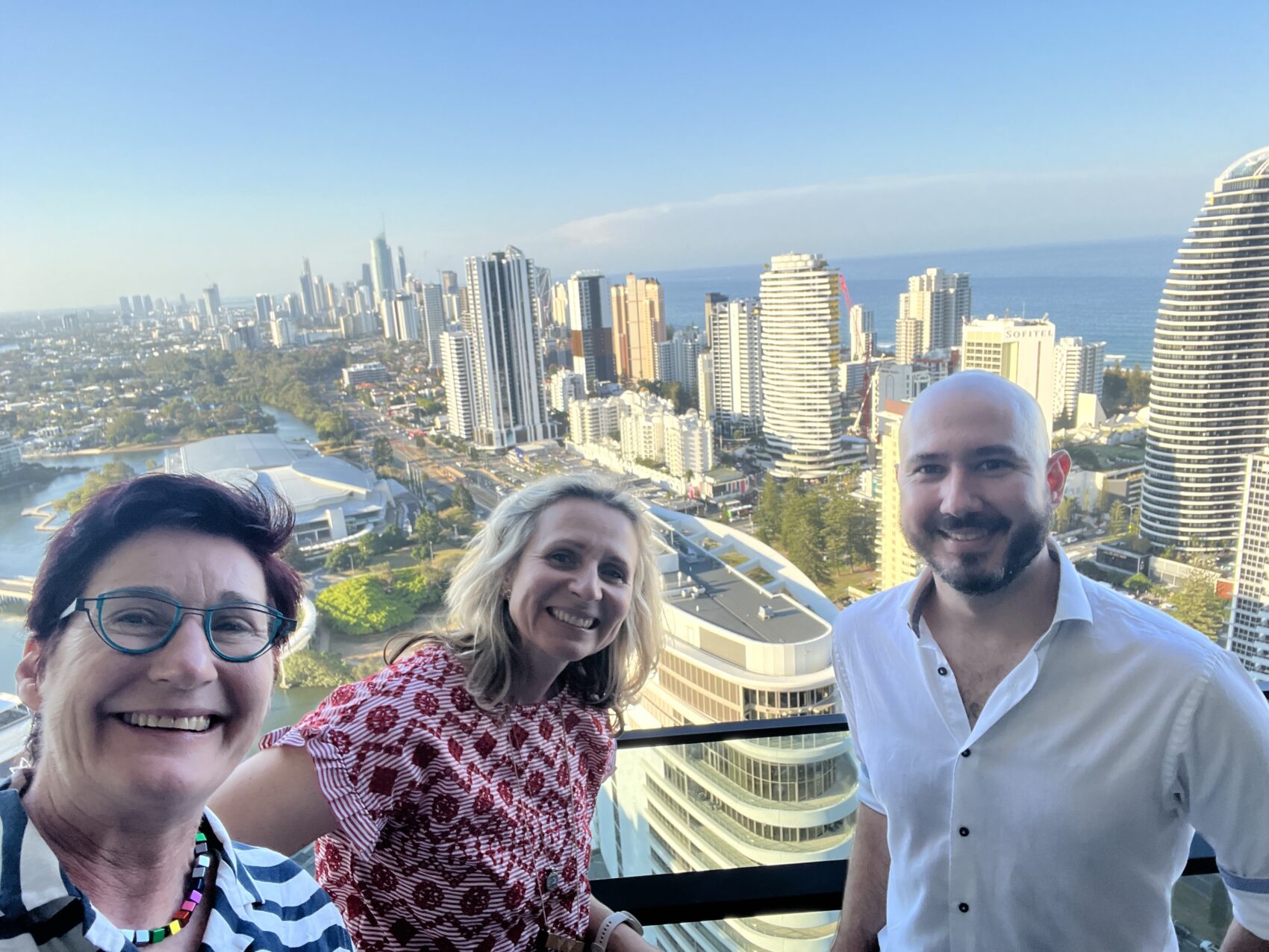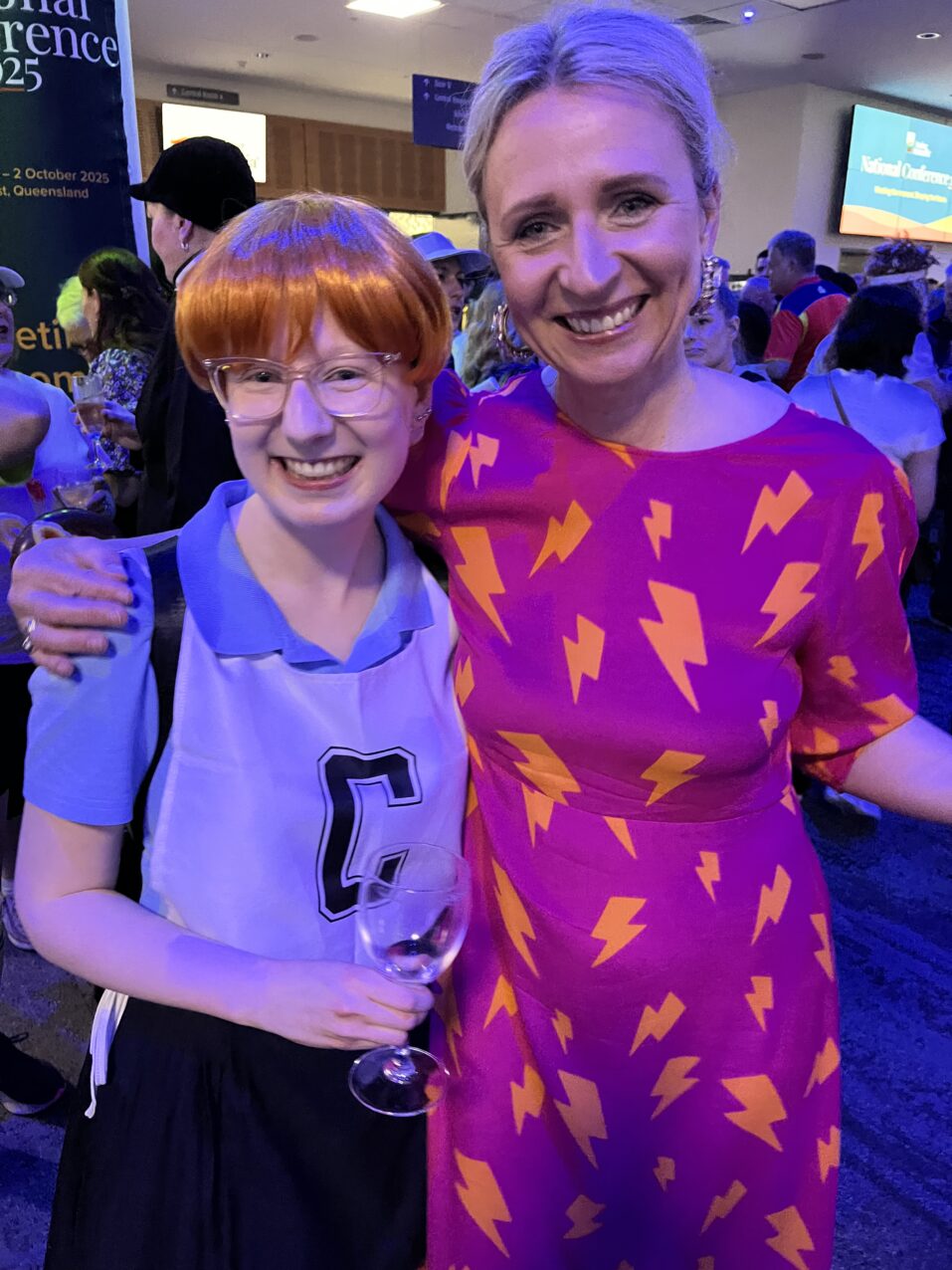by Ingrid Marshall, Principal, Deicke Richards
The Ageing Australia Conference is always a heartwarming experience – not only are the attendees great dancers, they’re an inspiring crowd who, like me, are motivated by improving the lives of older Australians and their families. There’s still much to digest from three conversation-packed days, but here’s my top-of-mind wrap.
The New Aged Care Act
With just a month until the new Aged Care Act commences, there was a sense of anticipation and apprehension in the room on the Gold Coast. Though speakers and participants alike agreed a rights-based Act and increased staff wages were a solid foundation for future development in the sector, their positivity was tempered by a sense of reform fatigue, compliance challenges and financial concerns. There are 666 pages of new rules for providers to ascertain then adopt and, while there remains much work to be done, at least there’s now a target. Ageing Australia CEO Tom Symondson captured the sector’s trademark optimism, stating ‘Ageing is like climbing a mountain – it’s challenging, but if we do our job right, the view from the top is amazing.’
Multiple sessions explored the meaning and practical implications of the new Act, from co-contributions to potential ‘rights-washing.’ Consumers voiced concerns with the equity of the new systems, particularly the designation of clinical and non-clinical support. The need for education was stressed for recipients, families and all staff – from personal care workers to board members. The Charter of Aged Care Rights was central to many discussions; if this works as intended, it should empower recipients of care to be treated as individuals, not an amorphous ‘them’ as is so often the case.
The new Act certainly puts the aged care sector in a much better place than it was in prior to the Royal Commission. While future financial stability was flagged by government representatives, including the Minister and Shadow Minister, provider CEOs and financial speakers seemed less confident. Regis CEO Dr Lisa Mellors indicated their new AN-ACC funding would see them move backwards financially with wage increases factored in. Investors and banks are reportedly still interested in the aged care sector; however, it remains challenging to make new developments financially viable. In the past, the average RAD cost was 50 per cent of average local housing prices. With ongoing increases in housing values, it’s now closer to 30 per cent.
The government cannot allow the sector to fail, and aged care is significantly more economical than hospital care. Yet, it remains to be seen if changes to funding arrangements will sufficiently address increased construction costs. As an architect and daughter of an elderly parent, I hope that these issues can be resolved soon.



Culturally Safe Care For First Nations Elders
Several sessions at the Conference reported that aged care for First Nations elders is an area that is falling behind without any clear pathway for acceleration – an issue that was underscored to me on a trip to Deicke Richards’ Alice Springs office earlier this year.
I understand that as a result of health disparity, Indigenous Australians access aged care at a much younger age than non-Indigenous Australians. This is acknowledged in federal government policy that enables Aboriginal and Torres Strait Islanders aged 50 years and over to access aged care services – 10 years earlier than their non-Indigenous counterparts. And yet, the Royal Commission highlighted the under-representation of First Nations Elders in aged care and the lack of culturally appropriate facilities.
It was great to hear from interim First Nations Aged Care Commissioner Andrea Kelly regarding plans for improvements to culturally safe aged care over the next ten years.
International Trends
With ageing populations a global concern, it was illuminating to hear speakers from India, Ireland, New Zealand and Singapore present their insights and trends in relation to care. The scale of issues we experience in Australia was put into perspective by figures from India, where 22,000 dedicated eldercare beds support 147 million people over 60. These international experts demonstrated shifts to home-based support and the need to raise the political importance of aged care are movements shared across the world.
Innovation Beyond AI
Innovation is essential and it needs to be broad, but frustratingly it so often refers to technology alone. The pros and cons of AI were the focus of numerous sessions, with a high-quality tea strainer used as a metaphor for high-quality generative AI systems. Robots in the trade display were fun as well as disconcerting. Immigration to address workforce issues featured more prominently than in past years, reflecting one solution to a complex problem faced by the sector. This type of initiative represents an exciting innovation that goes beyond technology to find a more human-centred solution.
Looking Towards 2026
This year’s conference was titled ‘Meeting the Moment: Shaping the Future.’ While the sector has undergone tremendous change in the past few years, there remains a need for further ‘future shaping.’ The decades to come will see an exponential increase in the number of elderly people requiring support, including residential aged care beds, but as yet there’s no financially viable approach to address this need in sight. Next year, I hope to see the conference focus on building spaces to support the rights of those living in aged care and giving independence to our elders.